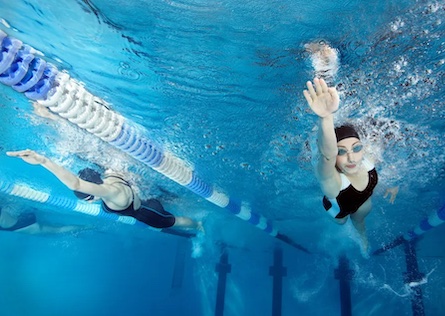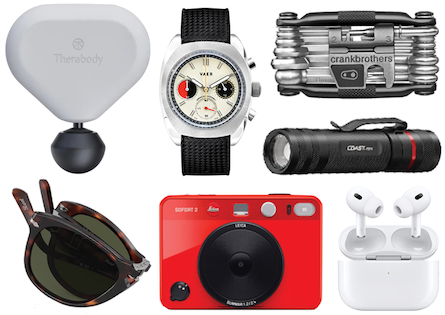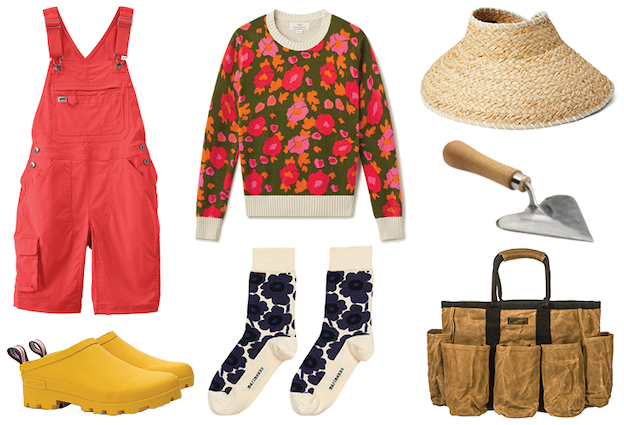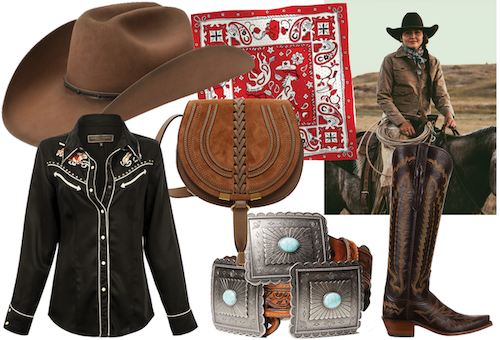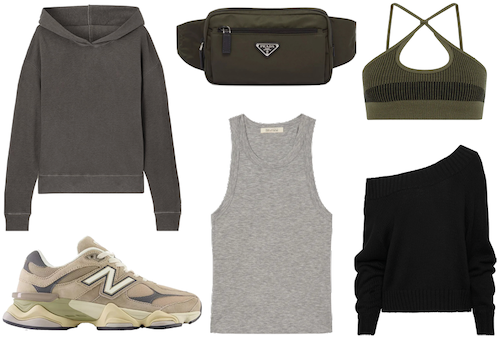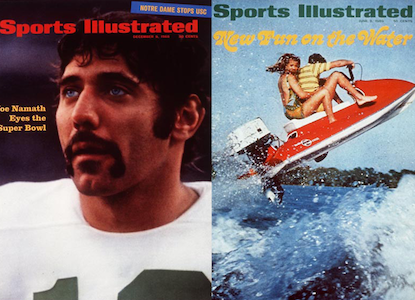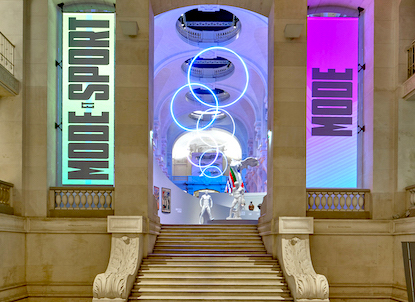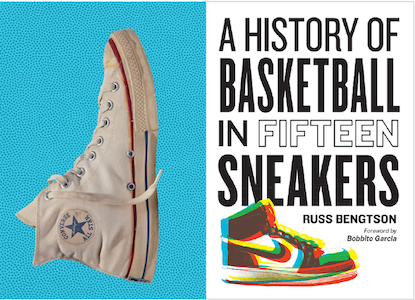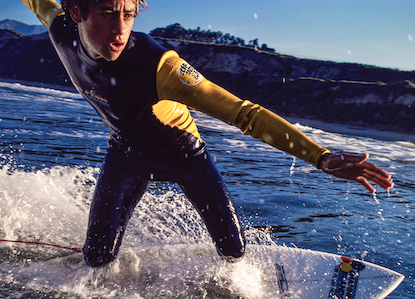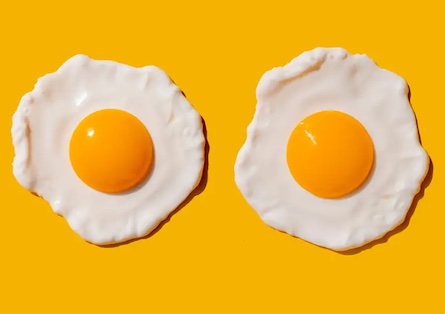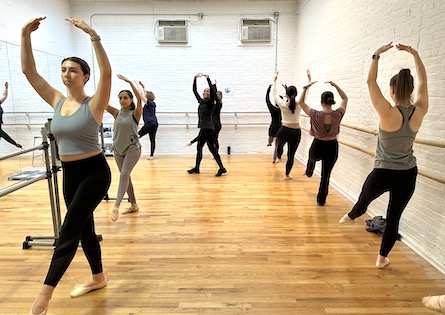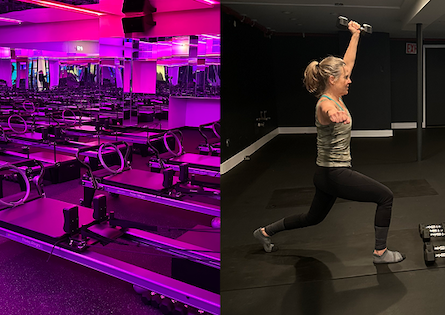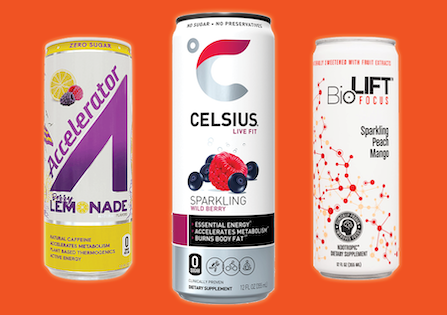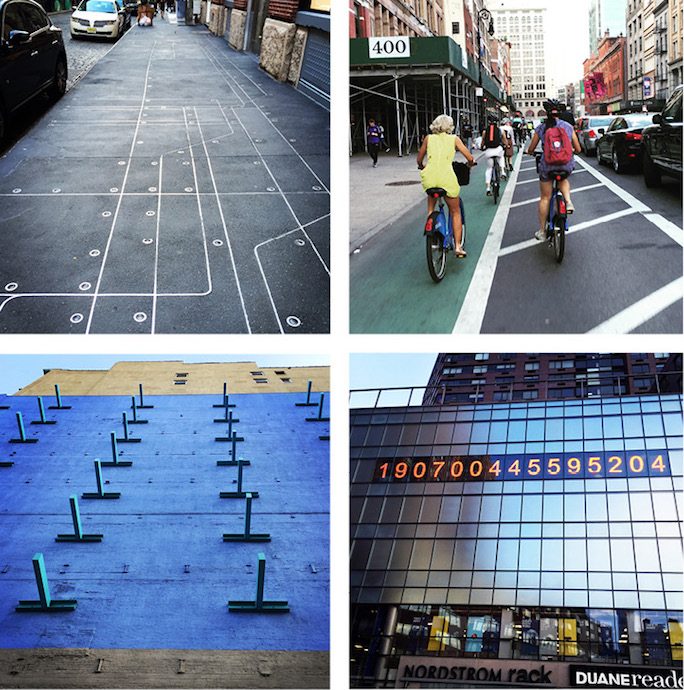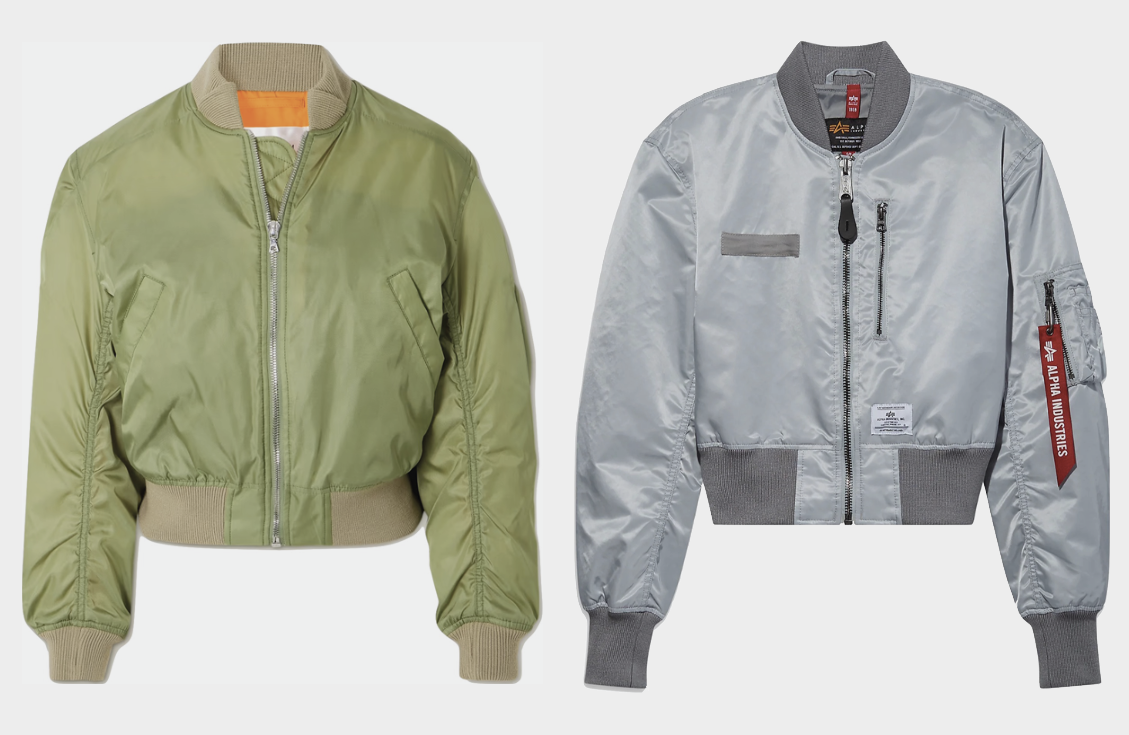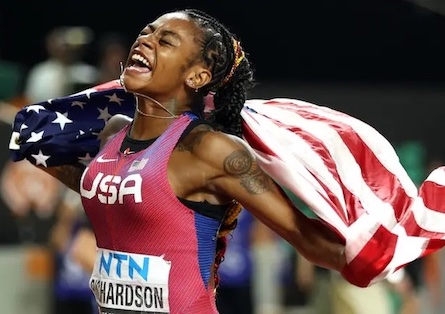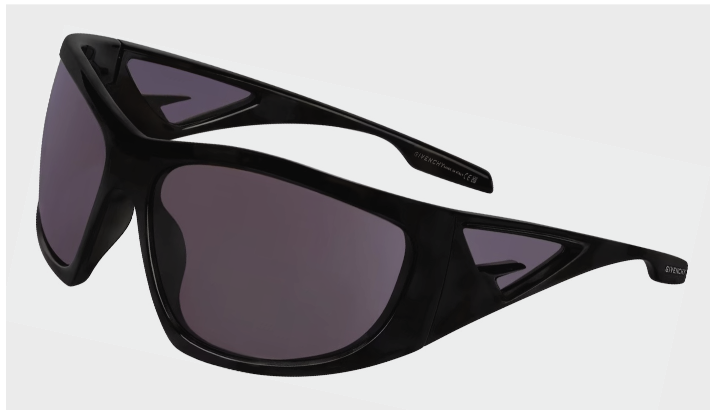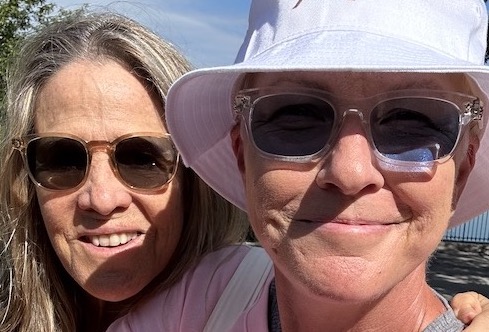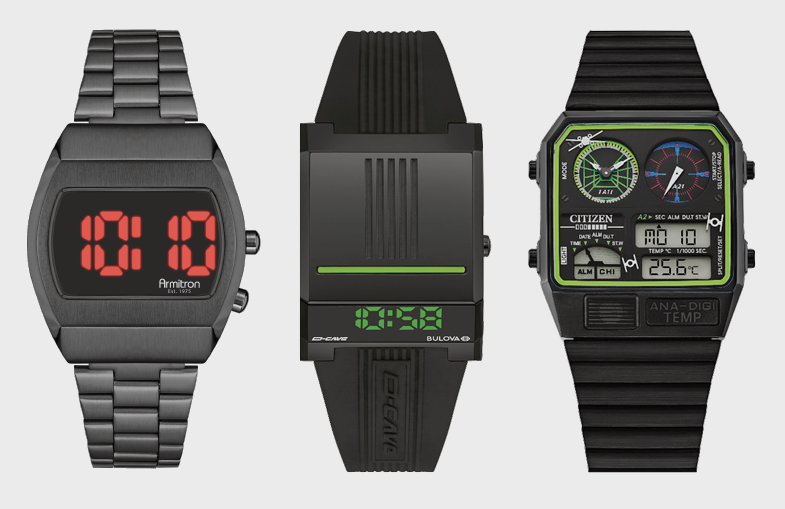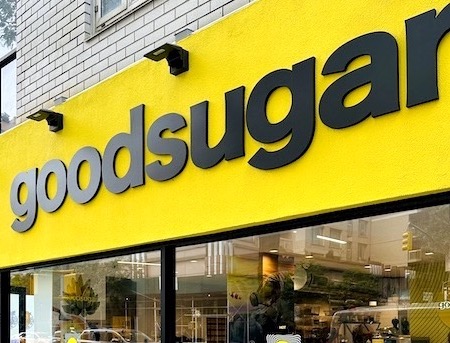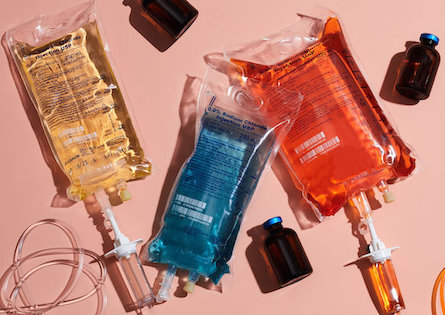CLOCKWISE TOP LEFT: FLOATING SUBWAY MAP, FRANCOISE SCHEIN, 1985; CYCLING UP LAFAYETTE ST; METRONOME UNION SQUARE, KRISTIN JONES & ANDREW GINZEL, 1999; THE WALL, FORREST MYERS, 1973
While urban bike sharing programs are great for commuting and tooling around town, they are also the ideal sightseeing vehicle for both tourists and locals alike. Allowing you to go slow enough to take in the monuments, landmarks, and vistas of a city, and fast enough to cover some ground, you can get your exercise in along the way too. Plus with docking stations located all over the city, you never have to worry about locking your bike.
A few weeks ago, on a balmy summer’s eve, your STYLE of SPORT editor was invited by Rapha on a cycling art tour of Manhattan. Rapha is the posh English cycling apparel and accessory brand we happen to love and feature regularly for its blend of sophisticated style and performance. With a recently opened shop in Manhattans’s Soho called the Rapha Cycle Club, the store serves as a hub for the city’s cyclists and starting point for group road bike rides. On this evening, however, it would be an 8-mile city bike — or Citibike — ride through Soho, Chelsea, and a bit of midtown too.

The Rapha Transmission Tour, as they call it, was lead by Derrick Lewis, Rapha Communications Manager for North America. Its mission was to show us New York from a new perspective. As a lifelong New Yorker myself, I always welcome this opportunity. This would be a tour of New York City public art — those architectural structures, installations, sculptures, and paintings we see everyday, perhaps never really notice, and often know nothing about.
While ours was an enlightening cultural tour I would highly recommend, anyone can plan their own art tour around NYC or town in which they find themselves with a bike sharing program. Simply make sure your art stop is near a bike dock. In the meantime, here’s a little bit more about the sites we saw along the way and a map of our route.
Leaving the Rapha store we headed over to our first art stop 1. Subway Map Floating on a New York Sidewalk by Françoise Schein, 1985. Embedded in a Soho sidewalk, this 87ft. schematic is a composite of old and new NYC subway lines made from stainless steel rods and LED lights. 110 Greene St. between Prince and Spring St.
CLOCKWISE TOP LEFT: APPLETON ARTWORKS; 7000 OAKS, JOSEPH BEUYS; SUNSET ON THE HIGHLINE IN CHELSEA
It was then a couple blocks up and over to 2. The Wall (Gateway to SoHo) by Forrest Myers, 1973. Myers arrived in New York in 1961 from Long Beach, CA. He rented a 25 x 100ft. loft space in SoHo for $38.50/month and was one of the neighborhood’s pioneering artists. Myers was commissioned by City Walls to create The Wall to camouflage the architectural imperfections in the edifice. Its placement soon proved controversial as the building’s landlords strove to utilize the space for revenue generating billboards. Removed in 2002, the piece was reinstalled at a higher level in 2007 to allow for street-level advertising below. 599 Broadway between Houston and Prince St.
A few more blocks uptown brought us to 3. Metronome Union Square by Kristin Jones and Andrew Ginzel, 1999. Metronome is a large public art installation located along the south end of Union Square. It consists of several sections: a round circular void from which puffs of white steam are released at noon and midnight; and a clock made of large orange LED digits called “The Passage”. The seven digits on the left show the time in conventional 24-hour format and the seven digits on the right display the amount of time remaining in a 24-hour day. The center digit represents hundredths of a second. Union Square East at 14th St.

Up to Greenwich Village was 4. Gay Liberation by George Segal, 1992. Located in Christopher Park, this installation commemorates the Stonewall riots and features four figures, two standing men and two seated women. The sculpture was originally commissioned in 1979, the 10th anniversary of the Stonewall incident, by the Cleveland-based Mildred Andrews Fund that specified that the work must be installed on public land. It had to be “loving and caring, and show the affection that is the hallmark of gay people.” Completed in 1980, it was the first piece of public art dedicated to LGBT rights. Intended for installation in New York, it proved too controversial for the city, and was instead installed in Madison, WI. It was finally moved to New York in 1992. 53 Christopher St. at W.4th St.
Then we were on to Chelsea and 5. Appleton Artworks. Since surviving a diabetic coma at the age of six, Appleton has been collecting almost every insulin bottle that has gone through his system, amounting to hundreds of bottles, faded syringes and old blood strips. Artist and photographer, Appleton wants to inspire the millions who have diabetes with his art to carry on and realize that you are not alone in this daily battle. 22nd St. between 10th & 11th Ave.
Also there on 22nd St. is 6. 7000 Oaks, Joseph Beuys, 1982. Joseph Beuys believed art to be a means of realizing a social utopia. He developed a self-defined practice of “social sculpture,” an art form based largely on political and environmental concerns. With the help of volunteers, Beuys planted 7,000 oak trees over several years in Kassel, Germany, each with an accompanying basalt stone. There are 18 tree-and-stone pairings on West 22nd Street — a spin-off of the five-year international effort of 7000 Oaks. 548 W. 22nd St between 10th & 11th Ave.

Up the Westside Highway to midtown brought us to the AXA Equitable Building and 7. Sol LeWitt, Wall Drawing: Bands Of Lines In Four Colors And Four Directions, Separated By Gray Bands, 1985. The AXA Equitable Building is the home to the two artworks above, Sol LeWitt outside in the atrium and Roy Lichtenstein inside the lobby. Sol LeWitt’s self-descriptive Wall Drawing: Bands Of Lines In Four Colors And Four Directions, Separated By Gray Bands, consciously echoes the grid layout of midtown Manhattan. The work contains “all combinations of two lines crossing, placed at random, using arcs from corners and sides, straight, not straight and broken lines” resulting in 150 unique pairings that unfold on the gallery walls.
8. Roy Lichtenstein, Mural with Blue Brushstroke, 1986 is a massive five storeys tall, and references not only his earliest, most well-known work but in its colorful collage pays homage to his artistic forbears and influences, including Fernard Léger, Jackson Pollock and Henri Matisse.
